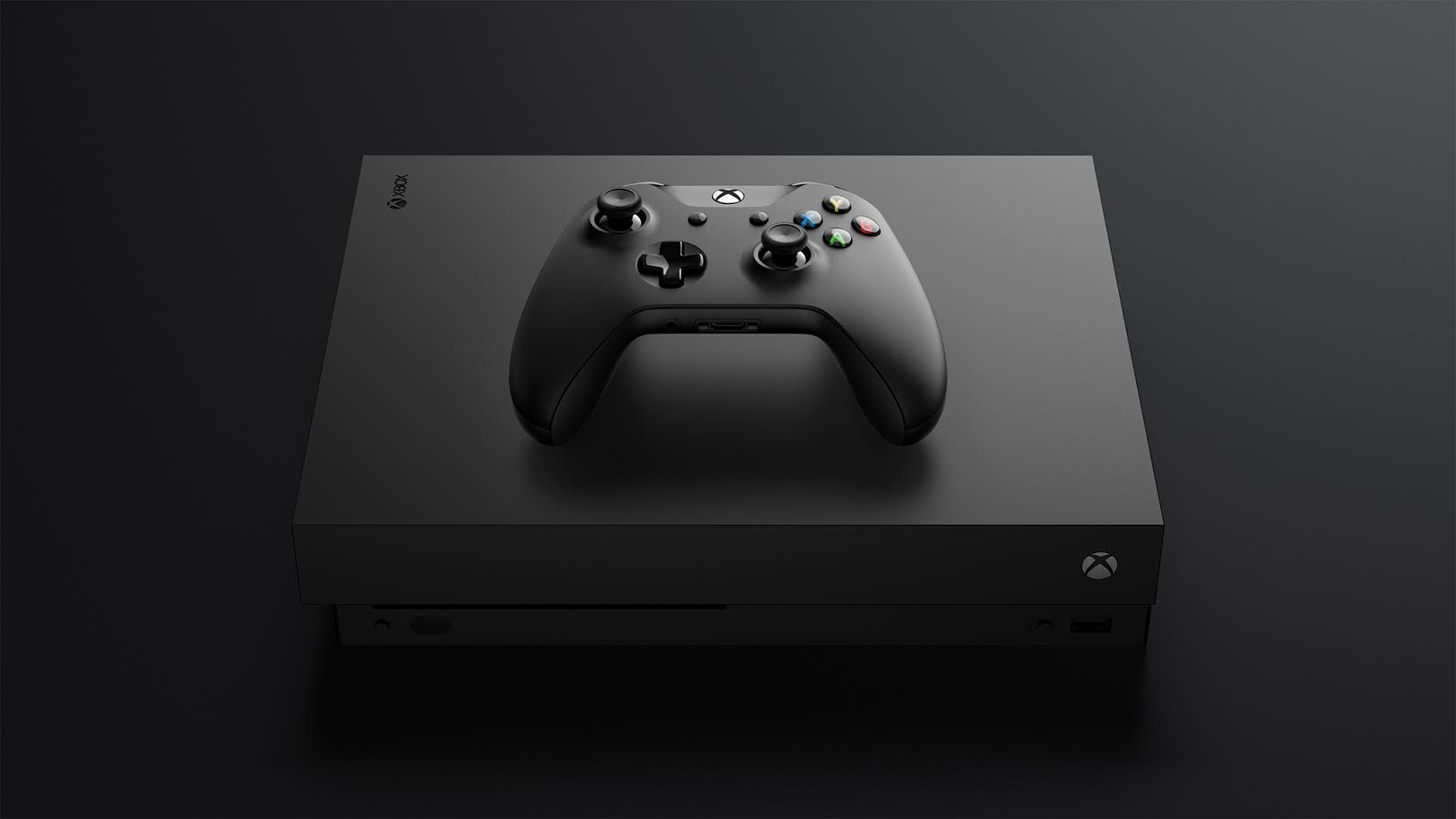The debate of 4K resolutions in gaming and when they will become standardized has been at the forefront of our industry for some time now. With the advent of the PS4 Pro and the even more powerful Xbox One X, the answer to that question has looked to be “pretty soon” more and more every day. However, apparently even the two “enhanced” systems don’t have enough specs to be able to support proper 4K specifications.
While speaking with gaming magazine Edge (July 2018, Issue 320), AMD’s Timothy Lottes mentioned that to achieve 4K resolutions for a game that looks like a regular PS4 title, at a frame rate of 30 FPS, a game needs about 7.4 teraflops per second. Interestingly enough, though, both the PS4 Pro and the Xbox One X fall short of this requirement, with the PS4 Pro coming in at 4.2 teraflops, and the Xbox One X at 6 teraflops (which is likely why it’s able to squeeze out native 4K resolutions anyway, being closer to the expected requirements).
Lottes did, however, mention that that brief description is an oversimplification of a very complicated and layered process. That complication, of course, comes in form of stuff like supersampling, checkerboarding, and temporal reconstruction, which are means that developers in some cases use to have less than 4K pixels on the screen in terms of pixel count in their games, and then fill in those gaps through those techniques.
Codemasters’ Oli Wright, who was the lead graphics programmer on the recently released Onrush, which does achieve native 4K resolutions on the Xbox One X (but not the PS4 Pro), had some insight on this, which he shared with Edge. “We use a temporal reconstructing technique to provide a unified antialiasing and upscaling solution for 4K that does a really good job of creating all the extra pixels,” he said.
“We’ve not had to deal with a four-times jump in pixel count before,” Wright said on the matter of jumping from 1080p to 4K directly, without any of these techniques to aid developers. “It would be a different proposition if it weren’t for techniques like checkerboard rendering and temporal reconstruction. These techniques allow us to pretend like we’re still dealing with a two-times jump.”
There are plenty of other factors and variables to take into account as well, of course, since, for instance, how demanding and taxing the game’s other components are on the system’s GPU can also have an impact on whether or not enough juice is left to be able to squeeze out native 4K resolutions. The result after all this, in the end, with the utilization of techniques mentioned above, is not quite the same as native 4K in terms of visual quality, but a pretty good substitute that is able to achieve a “close enough” result within the confines of the less-than-required technical specifications current-gen consoles give developers to work with.














